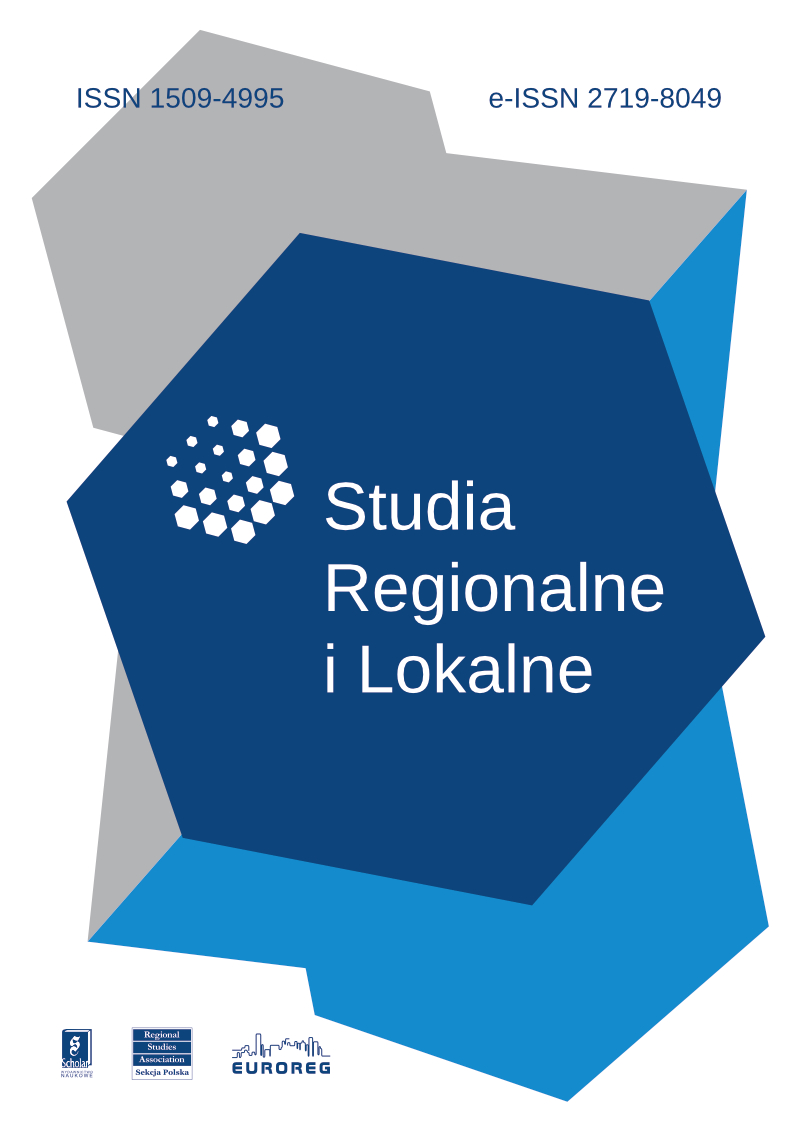Issue:
5(Special Issue)/2006 (no guest editor)
Mikołaj Herbst
Human Capital Formation in Poland. Where Does Educational Quality Come From?
Human Capital Formation in Poland. Where Does Educational Quality Come From?
The article was published in Polish in "Studia Regionalne i Lokalne", 3/2004
Theory and empirical literature relate educational quality to two main explanatory factors: family education (intergenerational transfer of human capital) and the quality of schools. The model proposed in this paper is intended to verify the significance of these factors in explaining territorial disparities in educational quality in Poland. The dependent variable is the test score of sixth grade pupils in 2002, averaged at municipality level. The test results prove to be strongly correlated with human capital stock in the municipality`s adult population, which points to the key role of intergenerational transfer for educational quality. On the other hand, the role of school resources (understood as expenditure on education) is rather small. Average test results differ significantly between Poland`s historical divisions. Surprisingly, the more urbanised and relatively affluent regions, like Greater Poland (Wielkopolska), Pomerania (Pomorze) and the so-called Regained Territories (ziemie odzyskane) reveal a substantially lower educational quality than the territories in the east and south-east of the country, generally less developed and with a significant share of agriculture in the economy. These differences can only be partly explained by an additional environmental factor, related to the prevalence of state-owned economy before 1990 (e.g. state farms PGRs) and today`s high structural unemployment. Interestingly, the dissimilarities between the historical regions are not only illustrated by average test score levels, but also by parameters of the determining functions for these results. It can be concluded therefore that location in a historical region has a substantial impact on the flexibility of educational outcomes with regard to different explanatory factors.
Affiliation:
Mikołaj Herbst: Uniwersytet Warszawski, Centrum Europejskich Studiów Regionalnych i Lokalnych (EUROREG), (ul. Krakowskie Przedmieście 30, 00-927 Warszawa);
m.herbst@uw.edu.pl 


